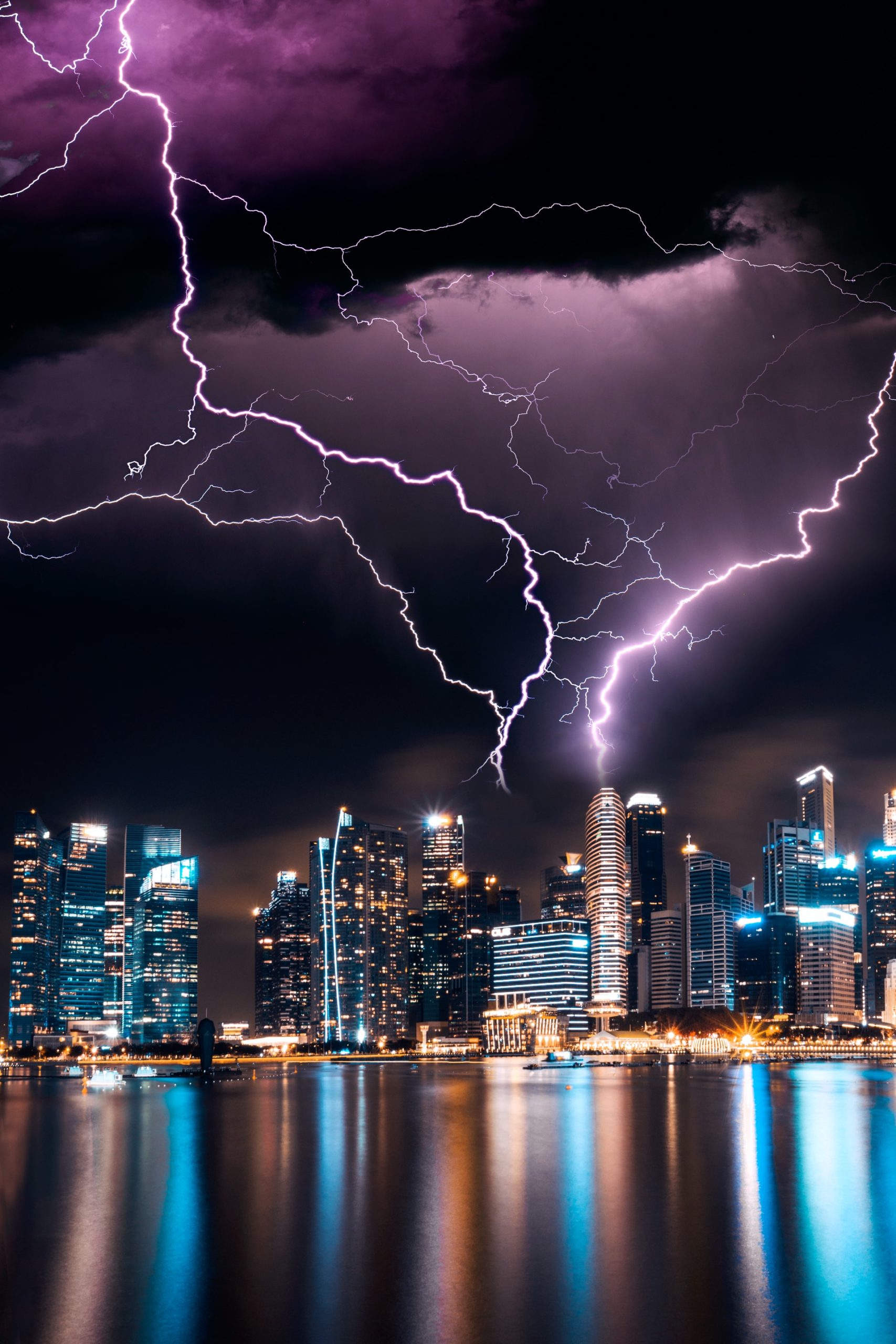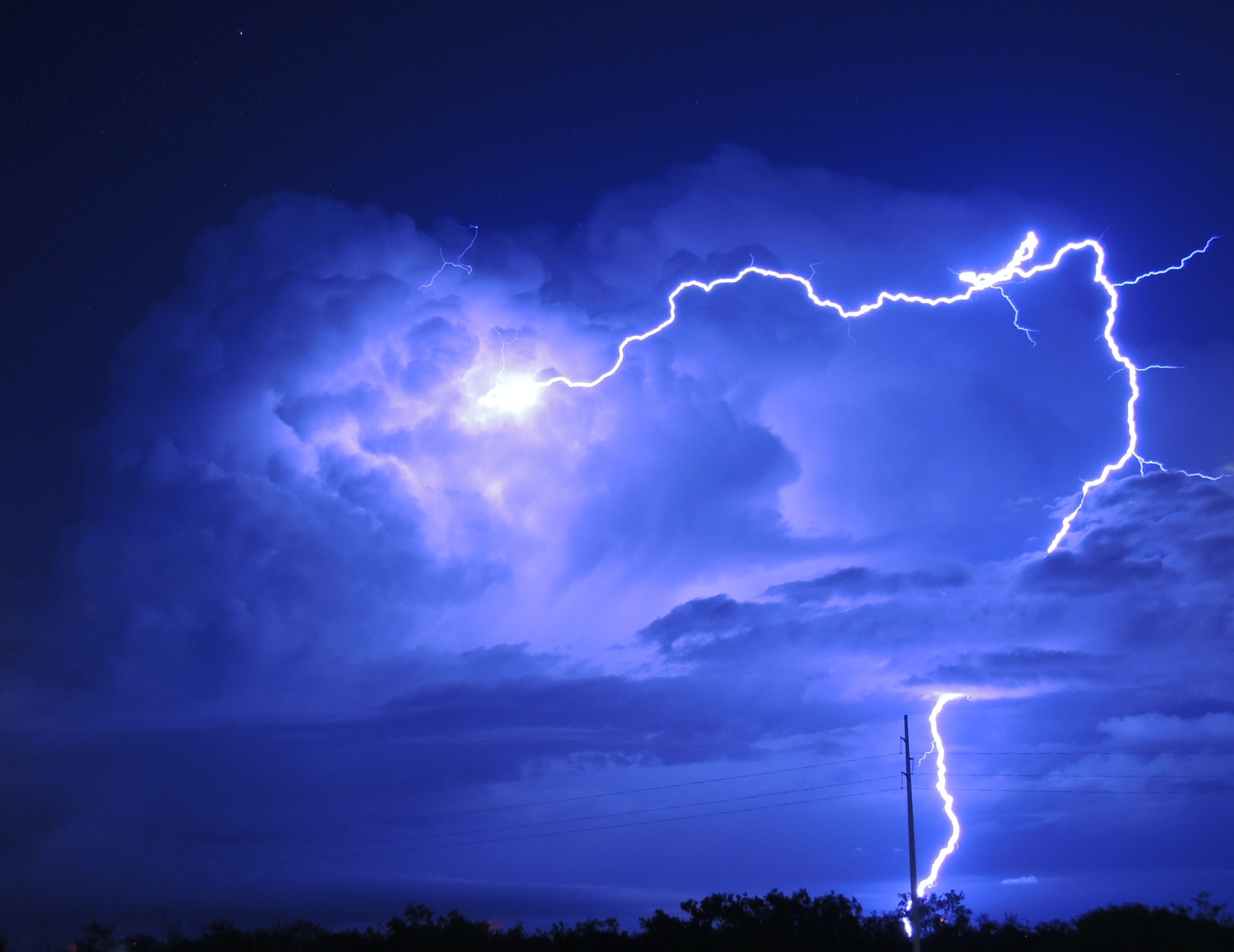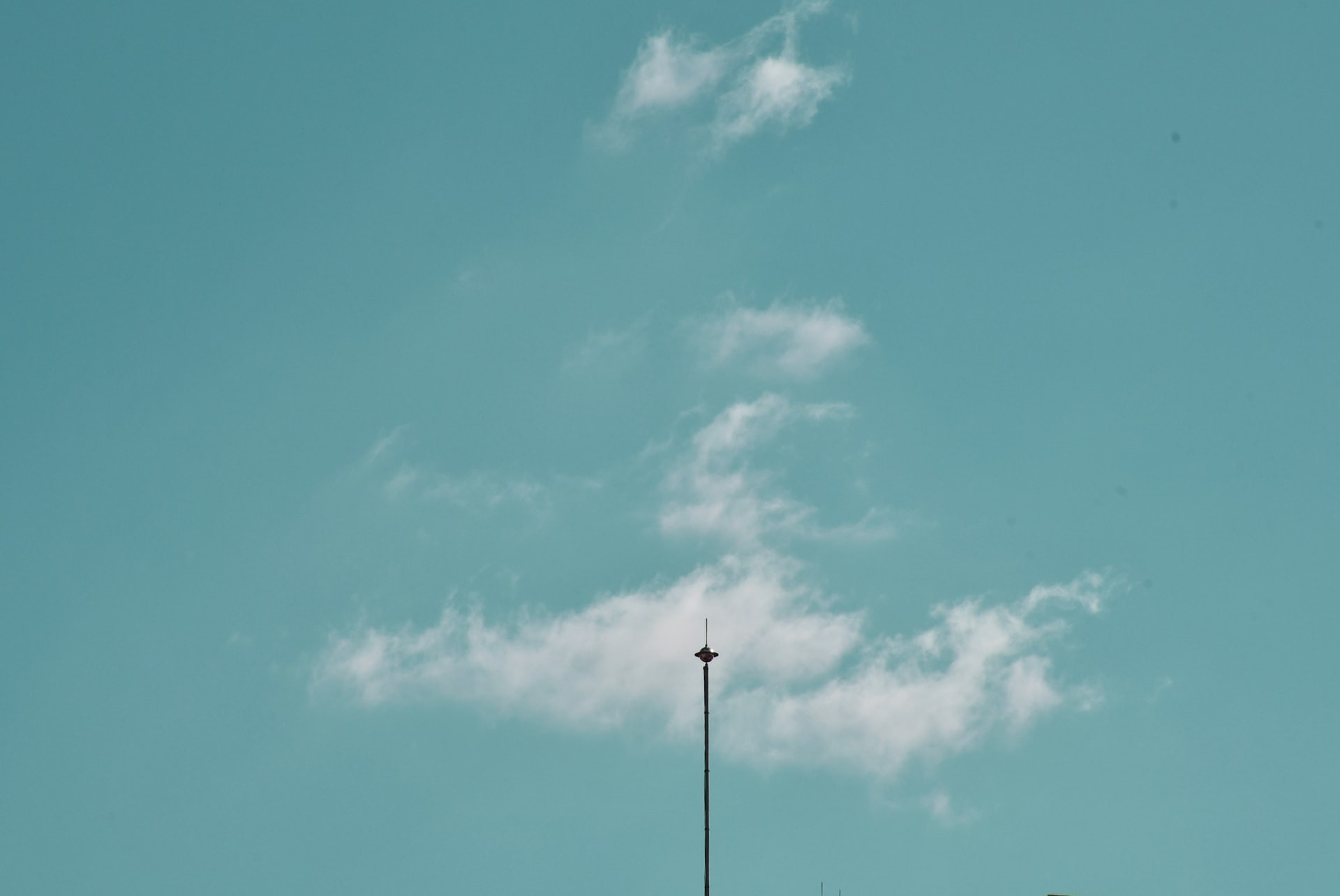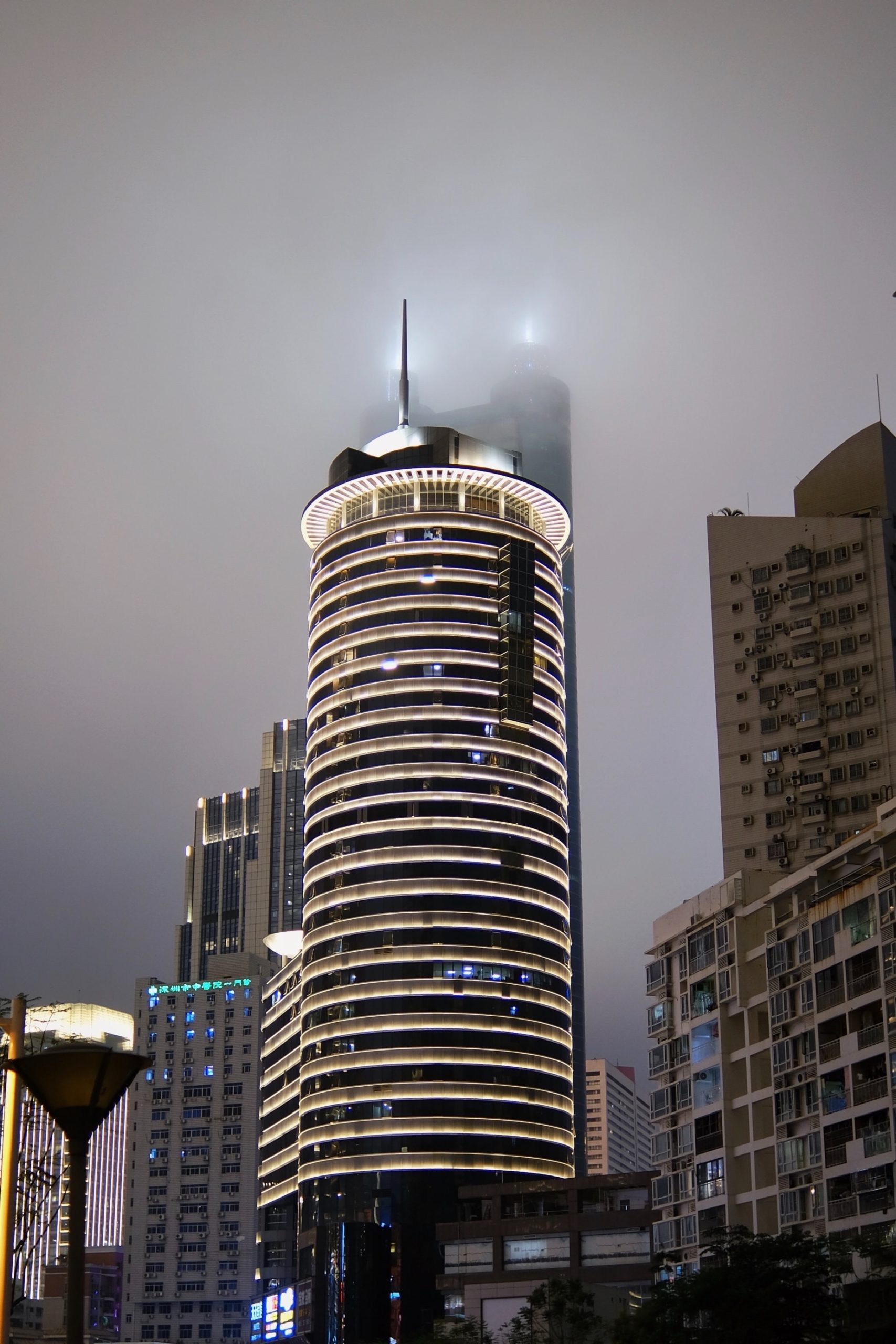Lightning can cause damage not only to your home through your electrical and telecommunications installations but also to your electrical appliances. It is a protection material for surges of atmospheric origin caused by lightning. In this aspect, for your safety, that of your house, and your electrical appliances, the installation of a lightning arrester is essential.
People often tend to confuse the lightning arrester, also called surge protector and the lightning rod. However, these devices are different, and each has its own role. In addition to its function of protecting electrical installations and appliances, the lightning arrester can limit the duration and amplitude of the current. It is also used to prevent damage that can be caused by voltage imbalance.
As for the lightning, the conductor is a device that protects the building by preventing lightning from falling or directing it directly to the ground. It prevents fire and damage to the structure of buildings.
Mandatory criteria for the installation of a lightning arrester

The mandatory nature of the installation of the lightning arrester depends on several parameters. These include the characteristics and power supply of the buildings as well as the lightning density. The installation of the lightning arrester must be carried out according to the regulations in force, in particular the standard NFC15-100 and the guide UTE C 15-443. According to the NF C 15-100 standard, the use of a lightning arrester is mandatory when the buildings are located less than 50 meters from a large metallic structure such as a lightning conductor and a GSM antenna.
This is also the case for buildings that are powered by an overhead line. The installation of a lightning arrester is also mandatory for buildings that are located in areas frequently struck by lightning. This is the case in the south of France.
Lightning arrester installation techniques

The lightning arrester can be installed in two ways. If it is intended to protect your entire installation, it is placed inside the electrical panel with a differential circuit breaker and a divisional circuit breaker. The lightning arrester can also be installed individually through the use of power strips with a lightning arrester function. The price for this installation can go up to 700 dollars.
For this, it is necessary to put it in contact with the most sensitive and expensive receivers, which must be protected like computers and data centers as well as the equipment connected to them. In this sense, the device must be plugged into a socket or power strip and connected to the electrical device.
Types of surge protectors

There are three types of surge protectors: type 1, type 2, and type 3. Type 1″ surge protectors have the ability to conduct a strong lightning current from the ground to a power distribution system. These arresters are placed in the electrical panel of buildings if they are equipped with a lightning conductor.
Then there are the “type 2” lightning arresters which are also installed in the electrical panel. They can drain the lightning currents that cause high transient overvoltages on the power distribution network. Finally, as far as “type 3” arresters are concerned, their ability to discharge lightning current is very limited compared to the other two types of arresters mentioned above.
They must be installed with “type 2” surge protectors to reduce surges on sensitive and critical devices and equipment effectively.
Therefore, for optimal protection of your building and your safety, contact the appropriate authorities, or a company that specialized in installing and maintaining lightning arresters. Thanks to their skills and expertise, you can benefit from an impeccable service.
Sound off in the comments section below and tell us what you want to read next.
